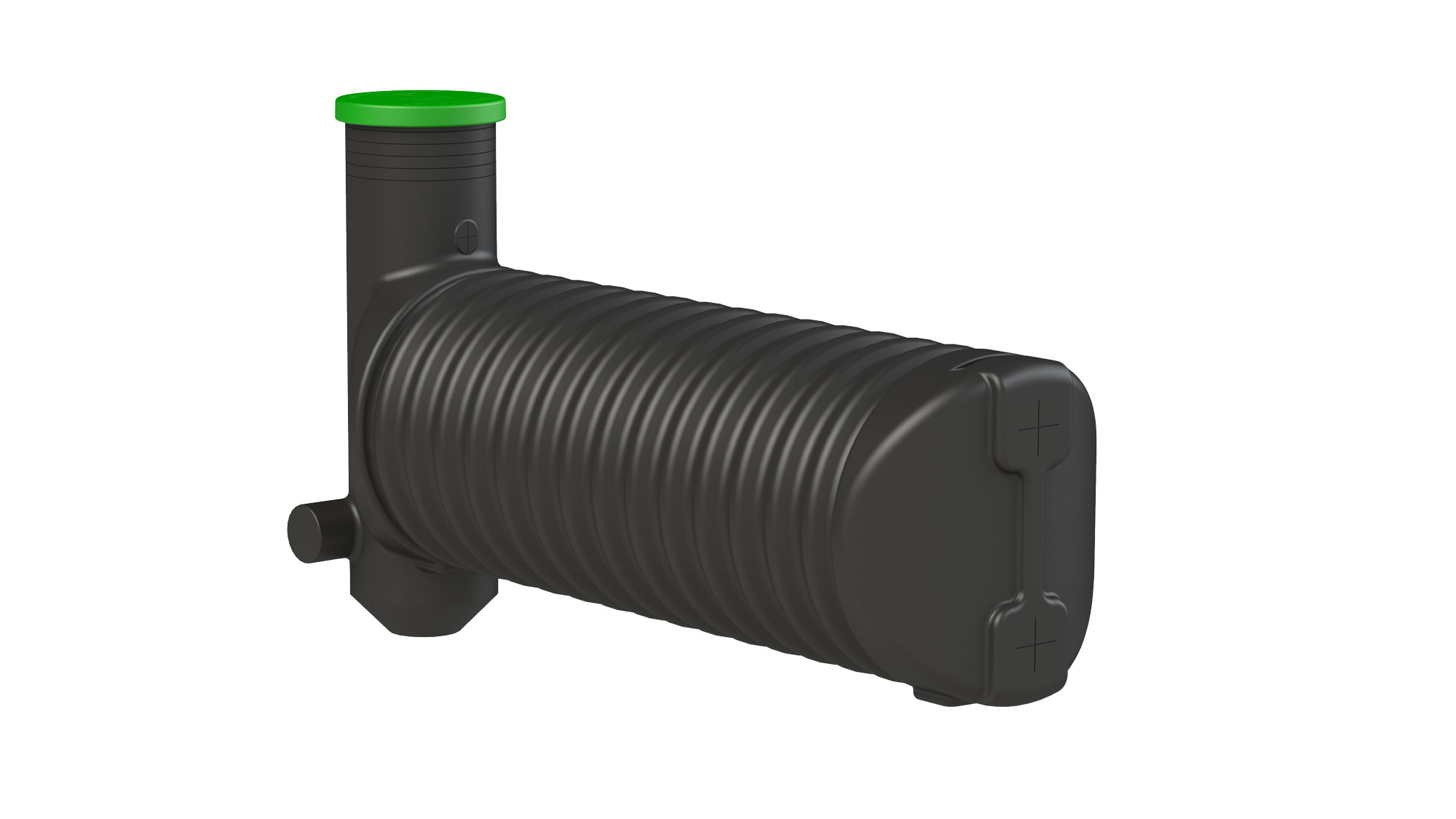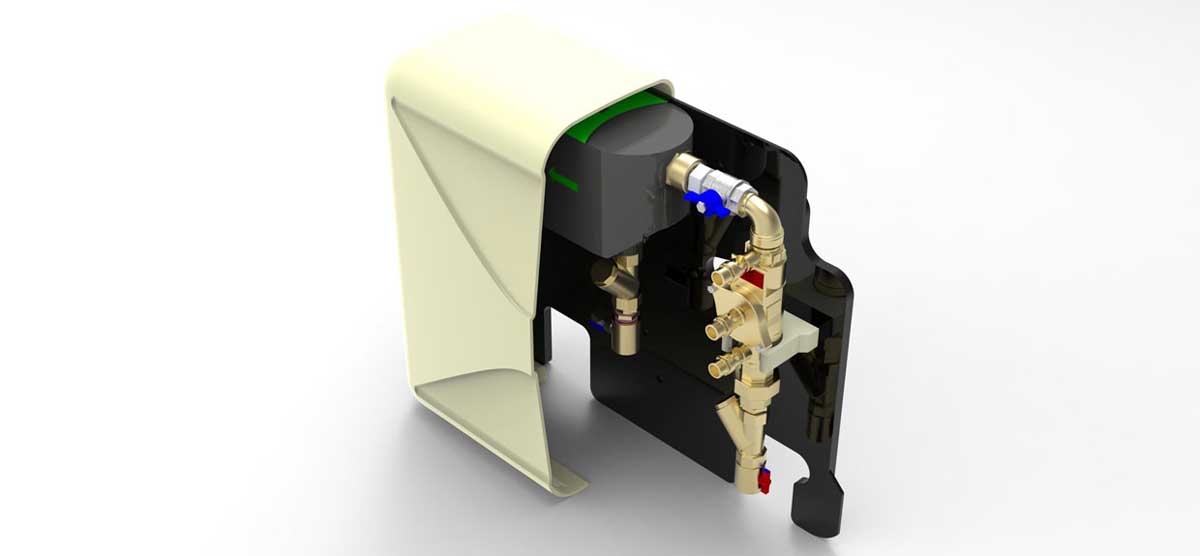
Even as taps run dry from the Wairarapa to Kaitaia, there is a case to be made that the country doesn’t have a water shortage – the problem is that we’re just not capturing enough of it.
While dams have been the go-to method for water capture for much of history, environmental concerns and restrictions mean citizens themselves must take their own action if they are to avoid running out of water – and you can do so by harvesting rainwater at home.
That’s the view from Duane Rice, sales manager at APD which manufactures polyethylene water tanks and domestic reticulation systems. “The challenge in our country is that we have too much water in winter and not enough in summer. What we don’t have is a shortage, as you’ll see hundreds of millions of kilolitres flowing straight into the sea every time there’s a flood.”
Recent attempts to build dams, such as the failed Hawke’s Bay Ruataniwha Water Storage Scheme, have shown that the construction of large reservoirs cannot be achieved without significant environmental impact.
At the same time, people in the Northern region, and now potentially even in Auckland and the greater Wellington region where meaningful rain hasn’t fallen for much of this summer, are facing severe water shortages.
Rice says rainwater harvesting is an obvious solution, with roofs and spouting acting as a convenient existing collection mechanism. “The average New Zealand roof will shed up to 150,000 litres of water every year, a further confirmation that there isn’t a lack of the stuff,” he notes.
The real challenge is how to store that water, particularly in an urban setting. “On lifestyle blocks, putting in a tank is no problem. In cities, where sections are far smaller, there just isn’t any space.”

APD’s solution is an underground storage tank complete with an automated system which pumps water to toilets, washing machines and taps, switching to mains supply when gathered water runs out.
Rice says that in recent times, underground tanks are being specified by more developers as a standard feature on new builds. But he adds that there is a problem. “These tanks are typically part of a stormwater relief system, with the water being discharged over time rather than used by the household. And we often find a 1,000 litre tank specified – and that’s just not enough. After all, you’ve potentially got 150,000 litres coming down every year on the one hand, and on the other, a kilolitre will give you maybe a week’s supply for the average house.”
He recommends a minimum 3,000 litre tank, with 5,000 litres being a ‘sweet spot’. “Bigger is better. If you’re going to the cost of digging a hole and installing a tank, it’s best to do it properly so you get the water resilience you’re after.”
There’s an environmental benefit in gathering rainwater, relieving council supplies from excessive demand, while you’ll also see a reduction in your domestic water bill. “There is a payback over time where you’ll save on metered water,” Rice notes.
Stormwater systems, routinely overwhelmed in times of heavy rain, won’t suffer as much pressure particularly if homeowners install collection systems in large numbers.
Rice says a good rainwater collection system should deliver longevity and convenience along with resilience. “An underground system is a real ‘set and forget’ solution. Once installed and with the landscaping done, it’s invisible. And with an automated valve which switches between the collected water and mains, it’s a case of turning the tap and water flows. It’s as simple as that.
“We regularly deal with homeowners that care about the environment and are proud to be making a difference, unfortunately we see a number of cobbled-together installations which are poorly done on the cheap and not operating as they should, day in, day out.
If installed at the beginning, a properly engineered and designed tank and rain harvesting solution combined with the right components will offer the consumer a long-term solution that can positively impact the environment.
About APD
APD is a New Zealand based manufacturer providing polymer storage solutions for the Australasian market. APD specialise in the engineering, design and manufacturing of fluid storage solutions and can provide quality custom designs to meet the customers exact specifications. Buried HDPE tank and rain harvesting solutions are just some of APD’s many products on offer.
Find out more at www.apd.co.nz.

